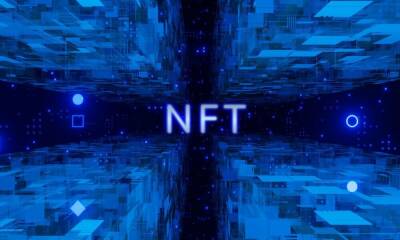Why DeFi is the biggest thing in the history of finance
decentralised finance (DeFi) or open finance innovation has been a pivotal moment in the history of finance. It rose to prominence in the summer of 2020 with yield farming, the rise of tokens such as Compound and Sushiswap promising attractive yields to crypto traders. According to DeFi Pulse, the total value locked in DeFi protocols is over $78 billion — a growth of 10x since May 2020. This represents the current value of all deposits locked in the form of cryptocurrencies for lending, staking, liquidity pool and so on. According to Dune Analytics, there are over 4 million unique addresses (proxy for users) using DeFi applications — a growth of over 40x in the last 2 years.
Presented ByDid you Know?
A statue honouring mysterious Bitcoin founder Satoshi Nakamoto was unveiled in a business park near the Danube River in the Hungarian capital Budapest
View Details »Ethereum, the core blockchain powering DeFi applications and the second largest cryptocurrency by market cap ($345 billion), settled over $11.6 trillion in transaction volumes surpassing Visa (the second largest payment processing company) in 2021. This is an emerging alternative financial infrastructure challenging traditional finance.Why DeFi is scaling so fast and why does it matter? The 2008 financial crisis was an eye-opener on how fragile our current financial system is and heavily reliant on banks and financial institutions that act as intermediaries in providing any financial service. Financial infrastructure has structurally not changed since the industrial revolution and it is similar to software in the pre-internet era. High entry barriers, opaque and inefficient processes and high transaction cost has resulted in limited innovation in core finance.
Read more on economictimes.indiatimes.com



















